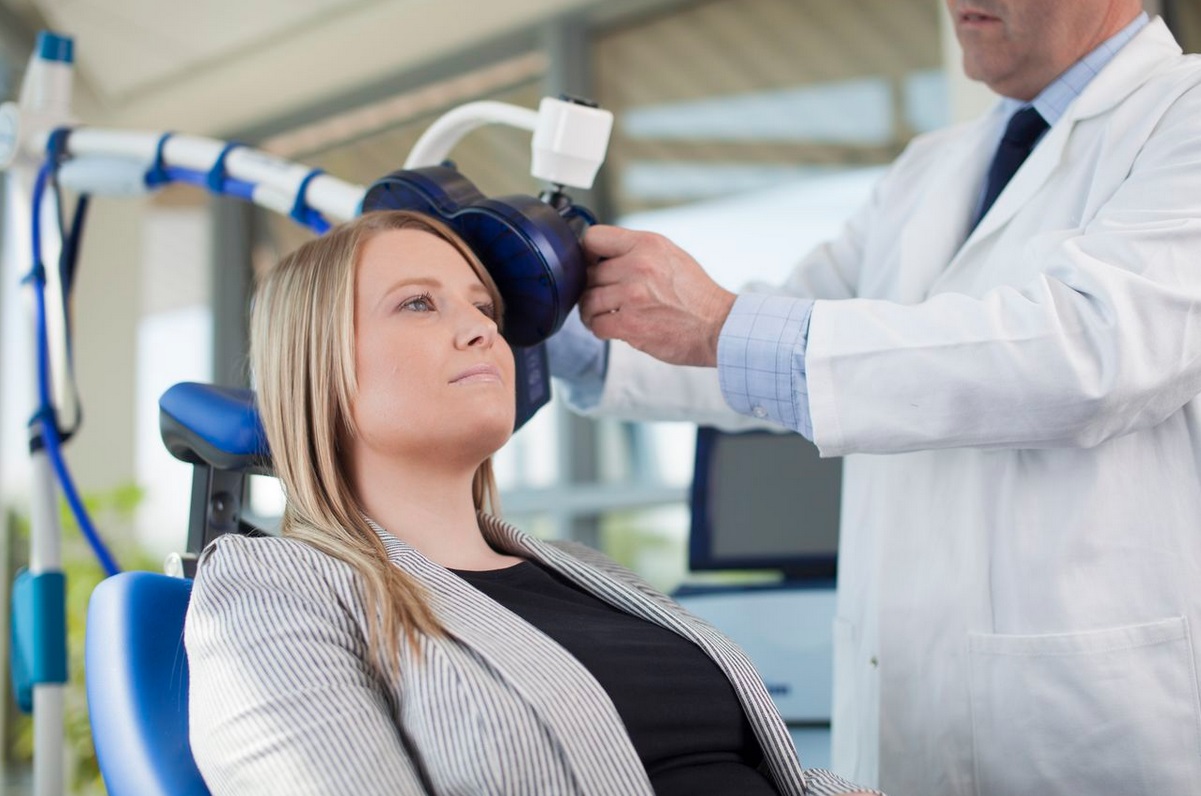The non-invasive stimulation of the brain administered from the outside, placing a probe on the head, works for the treatment of many psychiatric disorders, from Parkinson a epilepsy: improves the mental (cognitive) functions of the treated people. This is what emerges from a maxi-study published in the journal Science Translational Medicine. This is a meta-analysis involving a total of over 2800 individuals and the analysis of data from more than 100 published studies.
The study concerns the so-called transcranial stimulation alternating current (tACS). Experts of Boston University have decreed that its application can provide moderate cognitive benefits to healthy elderly people and people of all ages with neuropsychiatric disorders. The comprehensive results help answer a long-running debate about the clinical impact of tACS, indicating that this non-invasive technique could offer benefits across a broad range of age groups and medical conditions. Cognitive functions are closely related to the rhythms of brain activity, experts explain.
Noninvasive cranial stimulation
These rhythms often break down in people with cognitive deficits o neuropsychiatric disordersso researchers are testing whether techniques like the tACS – which applies currents to targeted brain regions – can help restore normal cognitive function. Directed by Shrey Groverthe work offers strong evidence that the tACS improves cognitive function.
The researchers looked at 102 studies on the tACS published between 2006 and 2021 for a total of 2,893 participants, including healthy adults and 177 people with neurological or psychiatric conditions such as schizophrenia, epilepsy e Parkinson. Using a series of advanced statistical techniques, the scientists found that tACS treatments generally led to improvements in aspects of cognitive function, including long-term memoryattention and “fluid” intelligence (ability to think logically and solve problems in new situations). The benefits of the technique were greatest when the scientists used a personalized approach, i.e. choosing the target brain regions for the individual patient. “Our work suggests a promising role for neuromodulation of brain rhythms with tACS for cognitive improvement“, conclude the authors.
